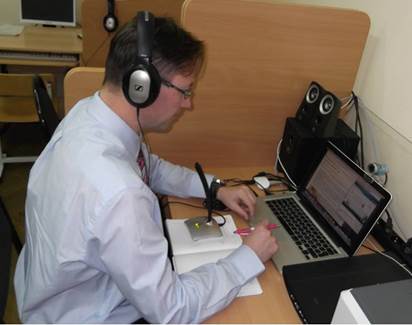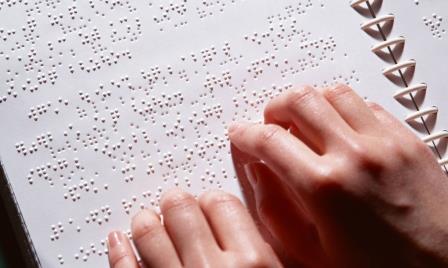1. Garkavenko Z.O. Programa roboty` z bat`kamy` «Trening bat`kivs`koyi kompetentnosti» //Metody`chni rekomendaciyi kerivny`ku navchal`nogo zakladu shhodo diyal`nosti psy`xologichnoyi sluzhby` [Elektronny`j resurs] K. : Ukrayins`ky`j NMCz prakty`chnoyi psy`xologiyi i social`noyi roboty`, 2015, C. 63. 1 elektron. opt. dy`sk (CD-ROM).
Garkavenko Z. Open family studios: capacity, experience and barriers. LIFELONG EDUCATION: The 21st Century.
2017. № 1 (17).DOI: 10.15393/j5.art.2017.3408
2017. № 1 (17).
| Issue 1 (17) | Innovative approaches to lifelong learning |
 pdf-version |
Open family studios: capacity, experience and barriers
 | Garkavenko Zoe Ph.D Associate Professor of the Department of Applied Psychology in the National Pedagogical Dragomanov University (Kyiv, Ukraine) garkavenkozoya@gmail.com |
|
Keywords: open family studios educational technology work with parents «peer-to-peer» non-formal education tolerance. |
Abstract: the article deals with the experience of the implementation of educational technology to work with parents, based on the principle of «peer-to-peer», which received the author's name «Open Family Studios». The strategic goal, pursued by the authors, is to create «a fashion for tolerance» in the relationship between teachers and parents, parents and children and members of the society. Implementation of this task can lead society to the new approaches to education and upbringing of the younger generation. The need for such solutions is due to the modern conditions of life in the global world with its speed, intensity and uncertainty. Diversity and tolerance as the principles of organization and interaction in society are invited to form within its primary unit - the family, with the participation of educational institutions. In this process author expects to involve not only parents, but also other family members, to maximize the field of application of the listed principles. |
Paper submitted on: 02/19/2017; Accepted on: 03/02/2017; Published online on: 03/22/2017.
Displays: 5279; Downloads: 1300;
DOI: http://dx.doi.org/10.15393/j5.art.2017.3408










